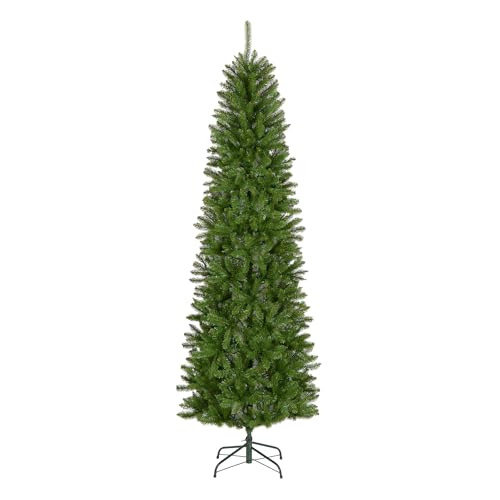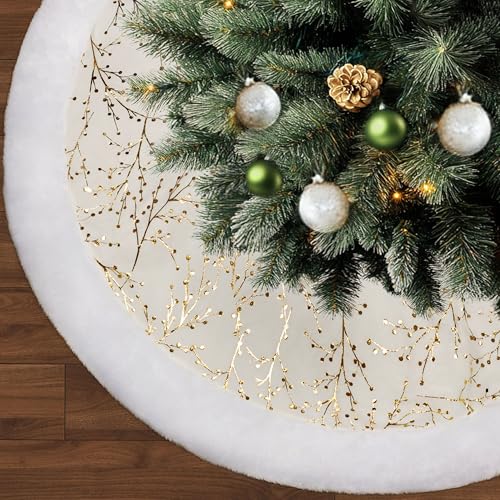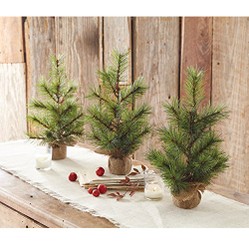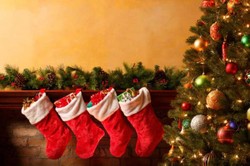For those who respect the ecology there is a temptation to rule out a freshly cut Christmas tree, but oversimplifying is not always the right answer. A Christmas tree grown on a tree farm may not do much damage to the ecology, since having enough Christmas trees for future years is fundamental to the business. So, a responsible tree farmer will replant, and maintain the trees in a healthy manner. We must weigh this, and the resources used in making that artificial Christmas tree. Certainly there is metal, and a green covering designed to look like conifer branches. These consume energy is producing, packaging, and transporting. And packaging in large boxes does damage to the environment, for the box consumed material from trees.
Another consideration is what will happen to the Christmas tree after the Christmas season is over. In parts of Louisiana old trees are collected on a given day and sent to the Gulf of Mexico. There, just offshore, cribs are made and filled with trees. These submerged trees catch sediment to build sandbars, thus reducing the erosion of the coast, a different ecological problem, yet quite a significant one. Of course this applies to just a few locations, but there is the option of composting available those living in others.
One reason I bought freshly cut Christmas trees years ago was for the scent, but that can be taken care of with a scented candle.
Another consideration is weight. Artificial Christmas trees can be separated into pieces that are easily handled. Fresh Christmas trees can be quite heavy, and cumbersome. They are especially difficult to remove, for the branches spread under the weight of the ornaments making it difficult to pull a tree through a door when the Christmas season is past.
Real trees can dry out, and thus become a fire hazard. Even cool LED lights can short out, and the spark can ignite a dried tree. Once ignited they burn fast.
Finally, is an ornament is overlooked on an artificial Christmas tree it will still be there next year.

















 UAPs, Formerly UFOs, If They Are Real How Can We Explain Their Arrival to Earth?10 days ago
UAPs, Formerly UFOs, If They Are Real How Can We Explain Their Arrival to Earth?10 days ago
 Polar Coordinate System12 days ago
Polar Coordinate System12 days ago
 Aurora Can Disrupt Electrical Devices And Even the Grid?13 days ago
Aurora Can Disrupt Electrical Devices And Even the Grid?13 days ago
 Overcoming Difficulties Encountered with Mathematics14 days ago
Overcoming Difficulties Encountered with Mathematics14 days ago



Comments